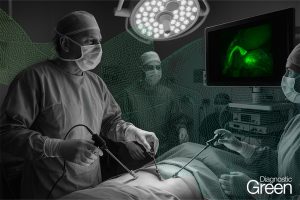Background: As effective measures to visualize flap vasculature and perfusion were unavailable, flap fenestration and facial organ fabrication could not be performed safely, preventing the transition from 2-D coverage to the restoration of the 3-D structure of facial organs. This study aims to evaluate the efficacy of indocyanine green angiography (ICGA) in guiding flap fenestration and facial organ fabrication in total facial restoration.
Results: The opening of facial organ orifices was performed at the stage of flap transfer in nine patients. To avoid damaging the major nourishing vessels, the left palpebral orifice was opened eight days after the flap transfer in one patient, as observed by ICGA. Based on ICGA evaluation, the decision to perform additional vascular anastomosis before flap fenestration was made in six patients. Hemodynamic analysis of flap perfusion following fenestration revealed no significant change. Follow-up showed satisfactory aesthetic recovery and well-restored 3-D structures of facial organs.
Conclusion: This pilot study demonstrates how intraoperative ICGA can enhance the safety of flap fenestration, thereby transforming full facial restoration from the 2-D to the 3-D realm by facilitating facial organ fabrication.




